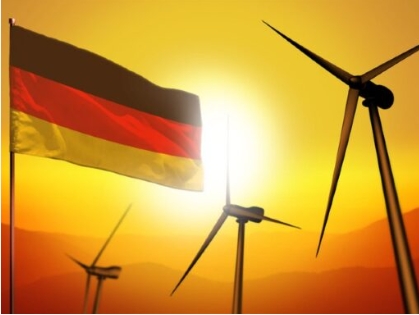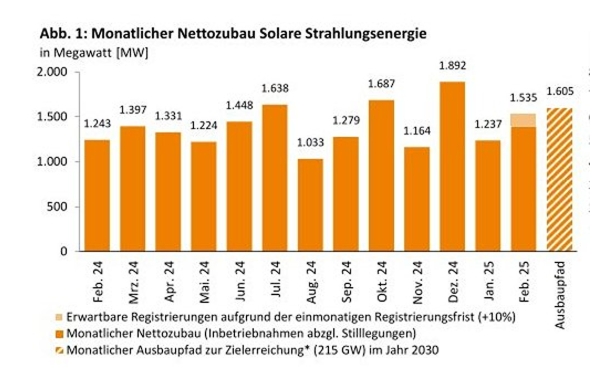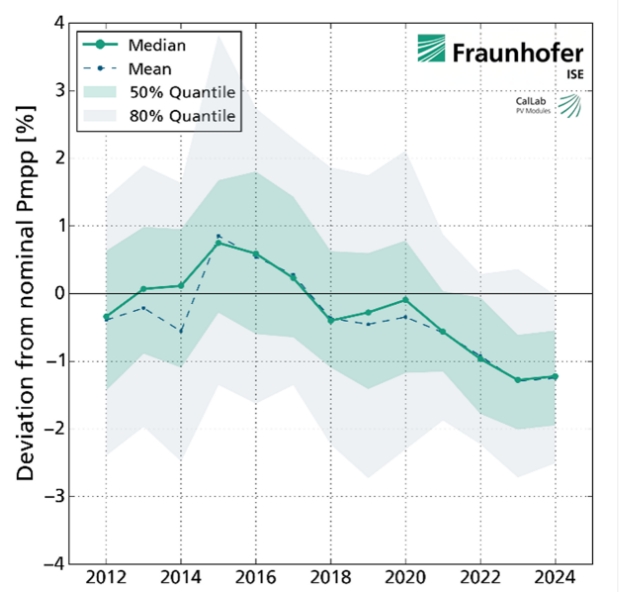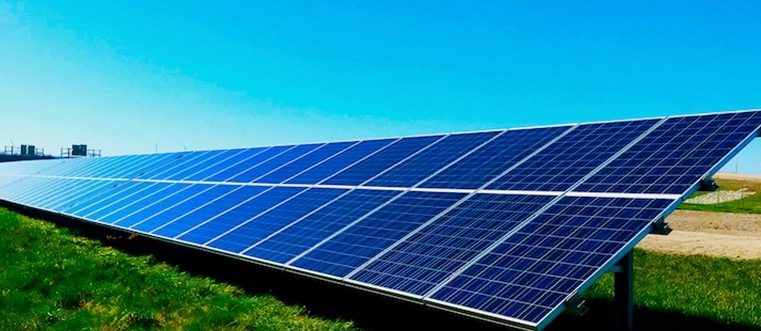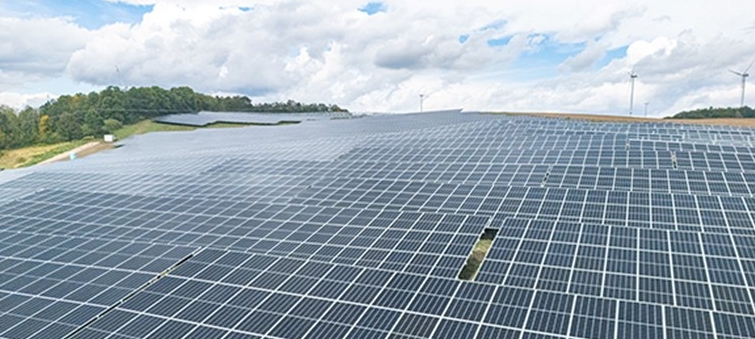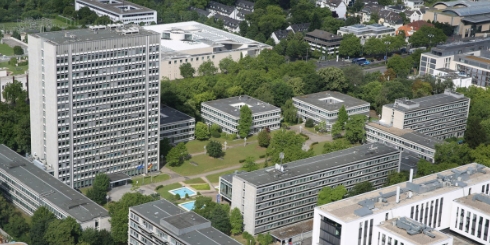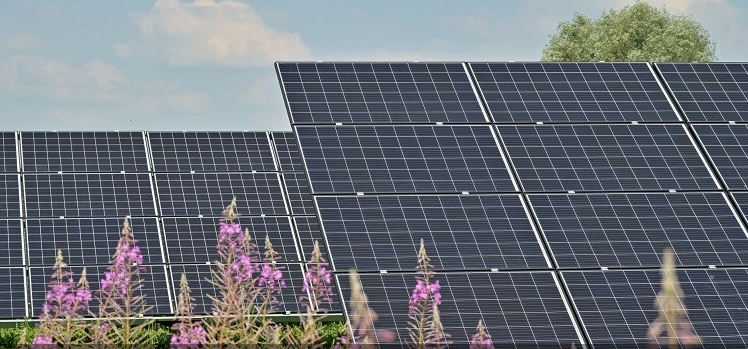The deep decarbonization required for net-zero emissions will require existing and proposed fossil-energy infrastructure to follow one of two pathways: either prematurely retiring or capturing and storing their emissions, thus preventing their release into the atmosphere. Carbon capture and storage (CCS), represents the only major viable path for fossil-fuel plants to be net-zero, short of being shuttered.
In a Viewpoint Article recently published in Environmental Science & Technology, Haibo Zhai outlines how the U.S. and China, the world's two largest emitters, should address their committed emissions. "In both countries, CCS retrofits to existing infrastructure are essential for reducing emissions to net-zero," said Zhai, an Associate Research Professor of Engineering and Public Policy at Carnegie Mellon University. However, differences in the power-plant fleets and the energy mix in the two countries point to separate routes for achieving deep decarbonization.
In the U.S., the energy landscape has changed dramatically over the past two decades. Coal was the dominant source of electricity (51% of total power generation in 2000) for most of the twentieth century, but has recently been displaced by cheap and abundant natural gas as well as growth in renewables. Coal accounted for just 27% of U.S. power generation in 2019. Coal's decline is expected to continue in favor of cheaper alternatives, due to the U.S."s relatively old (40 years) and inefficient (32% efficiency) fleet of coal-fired plants.
Zhai does not see CCS retrofits to U.S coal plants as a fleet-wide approach to decarbonization, though there is potential for partial capture at the most efficient plants. CCS development should instead be focused on combined-cycle natural gas plant retrofits. "Natural gas has helped reduce the carbon intensity of the U.S. power sector, but this wave of new gas plants still represents a significant amount of committed emissions," said Zhai.
China is the opposite of the U.S. in terms of its energy mix and its fossil energy infrastructure. Coal supplies almost 65% of the nation's electricity. Coal-fired plants in China have a median age of only 12 years and much higher efficiencies (often greater than 40%) compared to the U.S. "Such a young fleet is unlikely to be phased out anytime soon," said Zhai. "Any path for China to achieve deep decarbonization must include CCS retrofits to its recently-built coal plants."
Despite the necessity of CCS, the technology has not been proven on a large scale and remains very costly. Only two commercial-scale CCS projects currently operate in the world: Petra Nova in the U.S. and Boundary Dam in Canada. Current CCS technologies have high energy and capital costs associated with separating CO2 out of process waste streams.
CCS, according to Zhai, currently sits on the steep part of the "learning curve." With any technology first-of-a-kind deployments are always expensive. However, industry-wide learning—through technology developments such as improved separation materials and processes, supply chain expansion, and increases in operational efficiency—makes latter deployments cheaper. Moving down the learning curve represents a kind of chicken and egg dilemma for CCS: to be widely deployed, it needs to be cheap. And for CCS to be cheap, it needs to have been deployed.
Therefore, there is a strong reason that governments should incentivize early adoption of CCS through regulatory, economic, and policy means, argues Zhai. He points to case studies of other low-carbon technologies, like photovoltaic solar panels, that have become cost-competitive after incentives helped lower high initial costs. Because early deployment is required to make future deployment economical, the time to act is now, he says.
"If you accept the premise that committed emissions are a problem, there is no choice other than CCS," he said. "And incentives are required to kick-start deployment of CCS on the scale needed to address the issue."
In the U.S., Zhai points to incentives for retrofitting natural gas-fired plants with CCS, expecting market forces to address the committed emissions from coal-fired plants, as the aging coal fleet continues to phase out. Zhai's article points to a tax credit for carbon sequestration in the U.S. as a major policy lever to incentivize these CCS efforts.
In China, on the other hand, CCS development for coal plant retrofits should be the major focus. There, Zhai notes that the national emissions trading system, where emitters can buy or sell CO2 emissions credits, will be the major policy lever that can spur development of mitigation technologies. In both cases, the current high costs of CCS point to government policies as a key step in overcoming the expensive initial phases of deployment.
Major co-benefits of incentivizing CCS development for existing fossil-fuel infrastructure are the role CCS will likely play in certain negative emissions technologies (NETs) and a decreased dependence on expensive NETs in the future. Bioenergy with CCS (BECCS), for instance, is outlined as the most prominent NET option. However, a key subsystem for any BECCS is CCS. Developing CCS now, argues Zhai, means that BECCS will be poised to help address global climate change in the future.
